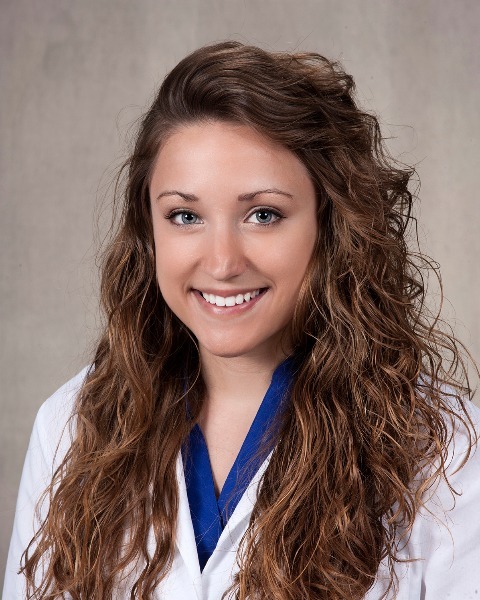Back
abs: EV Isolation Using 3D Culture of BM-MSCs
Large Animal
Poster
abs: EV Isolation Using 3D Culture of BM-MSCs
Large Animal Flash Poster Presentations
Thursday, October 13, 2022
5:46pm – 5:48pm
Location: Oregon Ballroom 201-202

Angela M. Gaesser, DVM, DACVS-LA
Research Fellow
University of Pennsylvania
Kennett Square, Pennsylvania
Abstract Poster Presenter(s)
It has been suggested that the robust bioactive properties of mesenchymal stem cells (MSCs) are in large part due to the production of extracellular vesicles (EVs), which are small membrane-enclosed vesicles released by the parent cell. The use of MSC-derived EVs to modulate inflammation in posttraumatic osteoarthritis (PTOA) has garnered significant interest recently. Previous experiments have found that EV yield in traditional two-dimensional (2D) monolayer culture is low. Using three-dimensional (3D) culture systems to scale up EV production has been reported in other species but has not been studied using equine bone marrow-derived MSCs (BM-MSCs). We hypothesized that a microcarrier-based stirred-bioreactor system would allow increased EV yield. Four types of microcarrier beads were tested under static conditions to determine the optimal microcarrier for BM-MSC culture. Then 3D culture with agitation was compared to 2D culture. Lactate dehydrogenase activity (LDH) was measured in the cell culture supernatant (CCSN) to assess cellular stress. Cell expansion was monitored using microscopy until 90% confluency (2D) or stationary growth (3D) was achieved. After 48 hours, CCSN was collected and EVs isolated using differential ultracentrifugation. EVs were quantified and characterized for subtype distribution, morphology, and surface marker presence. BM-MSCs were successfully cultured on three of four beads tested and using polystyrene beads in a stirred bioreactor. LDH activity was similar between 2D and 3D methods. The remainder of the data are pending. Further results will determine if 3D methods increase EV yield. Limitations include the lack of functional analysis of EVs.
